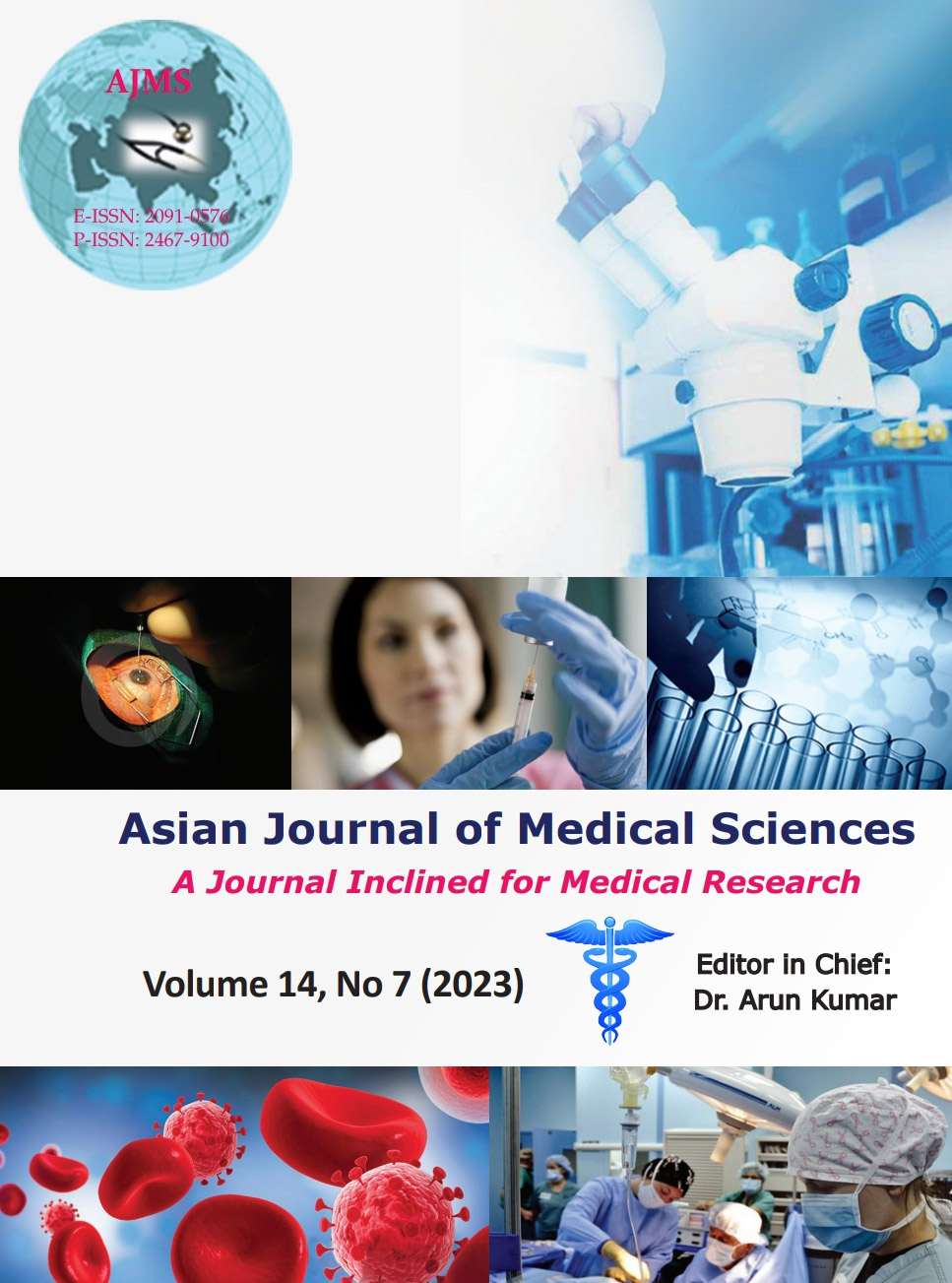Immunohistochemical analysis of cytokeratin 7 and 20 expression in colorectal carcinoma and its correlation with histopathological grading of tumour
Keywords:
Colonic carcinoma; Cytokeratin 7; Cytokeratin 20Abstract
Background: Colorectal carcinoma is a malignant epithelial tumor originating in the large bowel. More than 90% of colorectal carcinomas (CRC) are adenocarcinomas. This being graded morphologically at H&E stain in histopathology as well-differentiated, moderately differentiated, and poorly differentiated.
Aims and Objectives: The aim of this study is to assess any association with different histopathological types and extent of differentiation of CRC with change in expression of CK 7 and Cytokeratin 20 (CK20).
Materials and Methods: In the present study, total 59 patients has been selected by the predetermined sampling techniques. The specimen was collected and the necessary processing was done for H&E stain and for immunohistochemistry for CK 20 and CK 7 profile.
Results: This study showed that most of the well-differentiated colorectal carcinoma are CK20 (+ve)/Cytokeratin 7 (CK7) (-ve) and poorly differentiated CRC are CK20 (+) and/CK7 (+) and also CK20 (−ve)/CK7 (+ve).
Conclusion: Hence, from this study, it is evident that the expression of CK 20 positivity decreasing and CK7 positivity increasing in respect of progression of well differentiated to poorly differentiated colorectal carcinoma, that is, there is a relationship of expression of CK20 and CK7 profile with the histological grading of colorectal carcinoma. Furthermore, the expression profile of CK20 and CK 7 may be of helpful while searching for unknown primary in cases of metastatic deposit.
Downloads
Downloads
Published
How to Cite
Issue
Section
License
Copyright (c) 2023 Asian Journal of Medical Sciences

This work is licensed under a Creative Commons Attribution-NonCommercial 4.0 International License.
Authors who publish with this journal agree to the following terms:
- The journal holds copyright and publishes the work under a Creative Commons CC-BY-NC license that permits use, distribution and reprduction in any medium, provided the original work is properly cited and is not used for commercial purposes. The journal should be recognised as the original publisher of this work.
- Authors are able to enter into separate, additional contractual arrangements for the non-exclusive distribution of the journal's published version of the work (e.g., post it to an institutional repository or publish it in a book), with an acknowledgement of its initial publication in this journal.
- Authors are permitted and encouraged to post their work online (e.g., in institutional repositories or on their website) prior to and during the submission process, as it can lead to productive exchanges, as well as earlier and greater citation of published work (See The Effect of Open Access).




